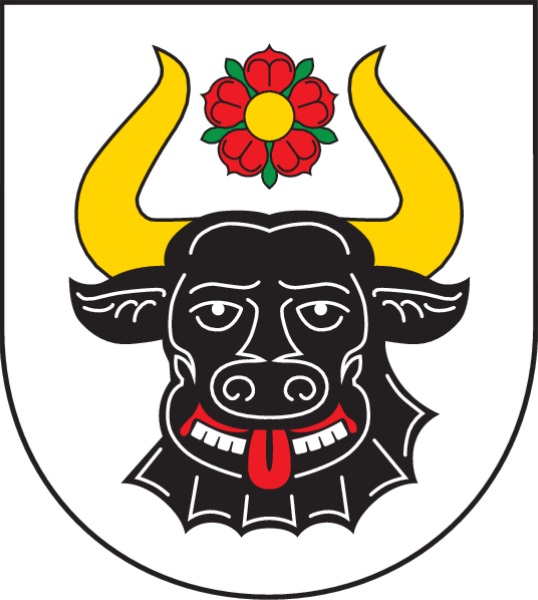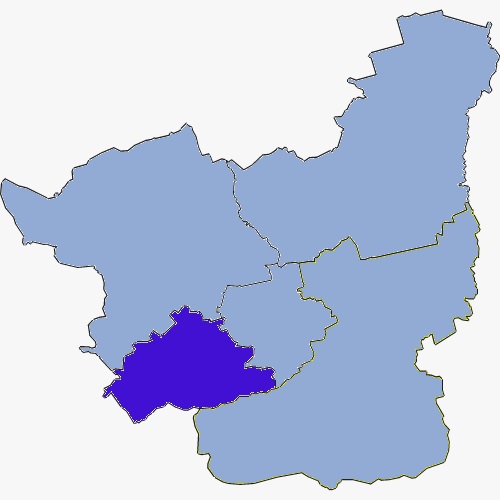
The Commune of Zwierzyn is located in the eastern part of the Lubusz Voivodeship, in Gorzów Valley, in the wide ice-marginal valley of the River Noteć, whose landscape is made up of vast meadows, pastures and fields crossed by numerous canals and creeks. Also, a part of the Buki Zdroiskie Nature Reserve is located within the territory of the commune. The Commune of Zwierzyn covers the area of 100 sq km, with population of 4500. Arable lands make up as much as 73% of the total area of the commune, while 12% is covered by forests. The Kostrzyn-Krzyż railway running through the commune provides convenient connections to such cities as Poznań, Piła and Szczecin.

The colonization of the Noteć Valley, initiated by the famous Prussian king Frederick the Great, resulted in the establishment of 40 new settlements and hamlets, as well as a considerable increase in population of already existing villages. One of those newly-created settlements was Zwierzyn. The construction of the village and the arrival of first settlers took place in the period 1765-1766. Zwierzyn was founded on the land previously belonging the Town Council of Strzelce Krajeńskie. Its territory stretched from Młyński Potok and Wiesenlaufenhaus inn in the east to Sarbiewskie Błonia and homesteads of Przysieka in the west. 40 small two-family houses, looking exactly like cottages in Tuczępy, were erected at the very edge of Strzelecki Łęg. All works were supervised by a construction inspector Genmlick, while the costs of the investment were covered by the king himself and the town of Strzelce. According to the report of L. F. Hahn, the director of drainage works, drawn up in 1780, each family, apart from the building plot, was given only 4 morgens (i.e. 1.02 ha) of land. These were meadows located in the valley of the River Noteć. As it was not enough to survive, the settlers were forced to search for employment as workers for hire or spin wool to make ends meet. Three more wealthy settlers built homesteads at their own expense and were awarded with much larger allotment of land. Two large farms were even given their own names. These were Brześcianki (German Grundsaue) and Wydmuszek (German Zwick). In the first year following the establishment, the population of Zwierzyn, including a pastor, and a teacher and sexton Lentz, was 85 families and 356 “souls”. In the period 1765-1766 the builder Jan Marcin Müller, brought to Zwierzyn from Poland, erected a water mill called Neu Mühle (Zwierzyński Młyn after the war) on the stream Młyński Potok (German Stadtfliess or Mühlenfliess). Timber for its construction came from the Wielisławice forest. In 1767 the construction of the church was finished. It was a modest half-timbered edifice, 60 feet long and 36 feet wide, with a bell tower. The sexton’s and the pastor’s houses, the latter of which was thatched-roofed and consisted of three rooms, a kitchen, a bedchamber and a cellar, were of exactly the same size as the temple. The first pastor of the new settlement was Krzysztof Hübner, who previously ministered the parishes in Strzelce and Żółwin. Zwierzyn became the centre of the parish, which also comprised Owczarki, Sarbiewo, Górecko, Zwierzyński Młyn and the Wiesenlaufenkrug inn – 216 families in total. As some of the villages were carved out of the Strzelce parish, the previous pastor received a one-time compensation in the amount of 40 thalers and 4 thalers of an annual pension. In 1773, after Hübner’s death, the pastor’s duties passed to rector Mallow. The village’s population was at the time 348 people. On June 13, 1773, Zwierzyn was visited by Prussian kind Frederick II the Great himself, who stopped there on his way from Bydgoszcz to Berlin. He slept at the parsonage and set out in the direction of Górki Noteckie the following day. According to Henryk Bratrig’s description, in 1809 Zwierzyn consisted of a church, an inn, a windmill, a smithy and 83 homesteads occupied by 484 residents, including 80 settlers mentioned above and 27 landless tenants who made a living as workers for hire. In 1813 the number of homesteads increased to 84, and the population – to 575. During the second world war (1940-1944) a forced-labour camp was established at the brickyard. 100 Polish people on average were kept in several barracks surrounded with barbed wire. Two of them were murdered on May 19, 1941 by the Nazi. Apart from the above-mentioned brickyard, in the village there were also two lumber mills and a steam mill, which survived to this day. By the road running from the church to Owczarki, there stood a wind mill. The former Protestant church, renovated in 1829 and 1930, was converted into a Catholic temple, consecrated on June 24, 1946 and dedicated to John the Baptist. On June 24, 1975 it became the seat of a parish comprising the villages: Błotno, Gościmiec, Sarbiewo, Rzekcin, Sierosławice, Zagaje and Żółwin. In 1990-1995 the old wattle-and-daub church was demolished and thoroughly redesigned. Its altar is decorated with a cross with a figure of Christ by Leon Buryło.